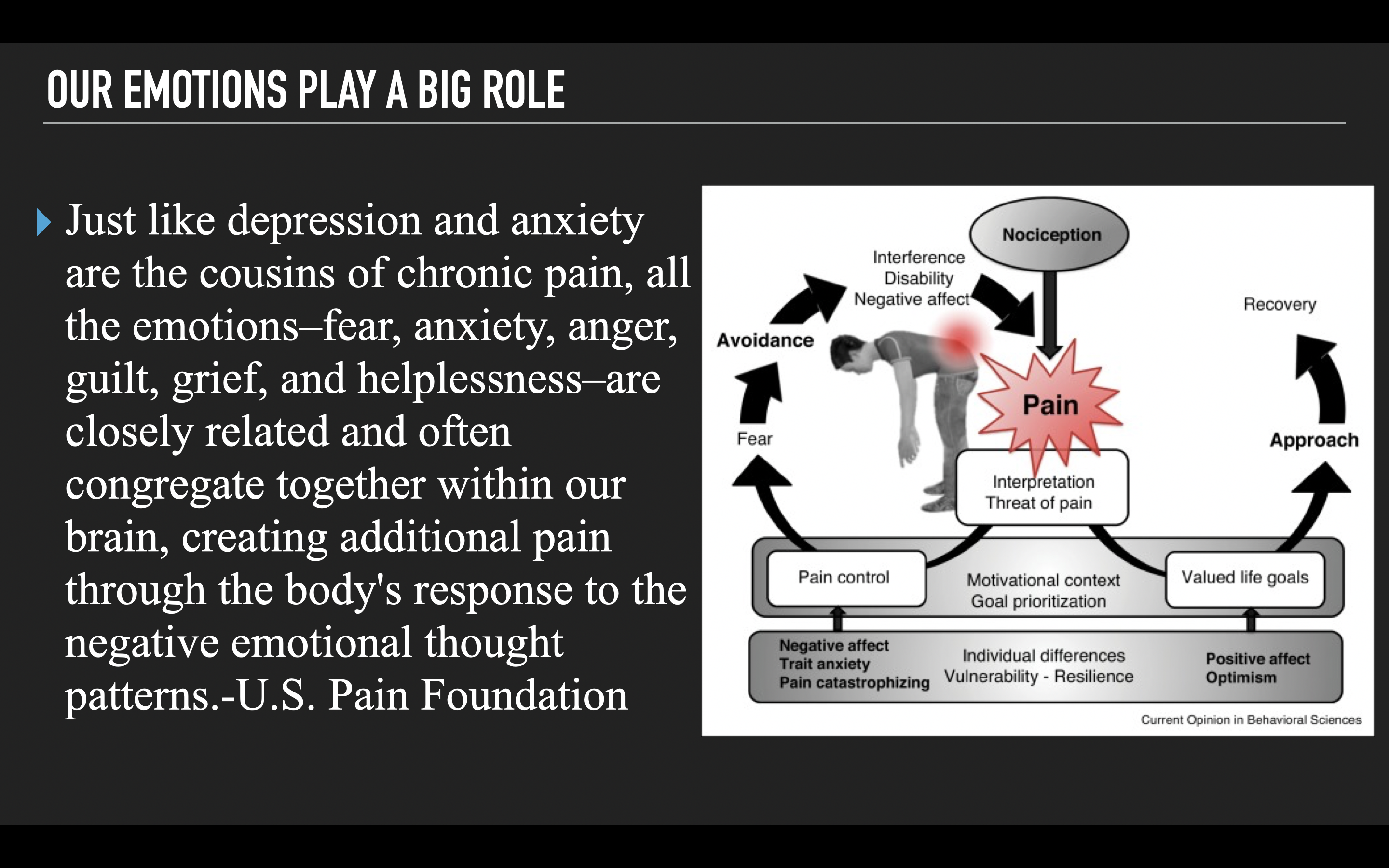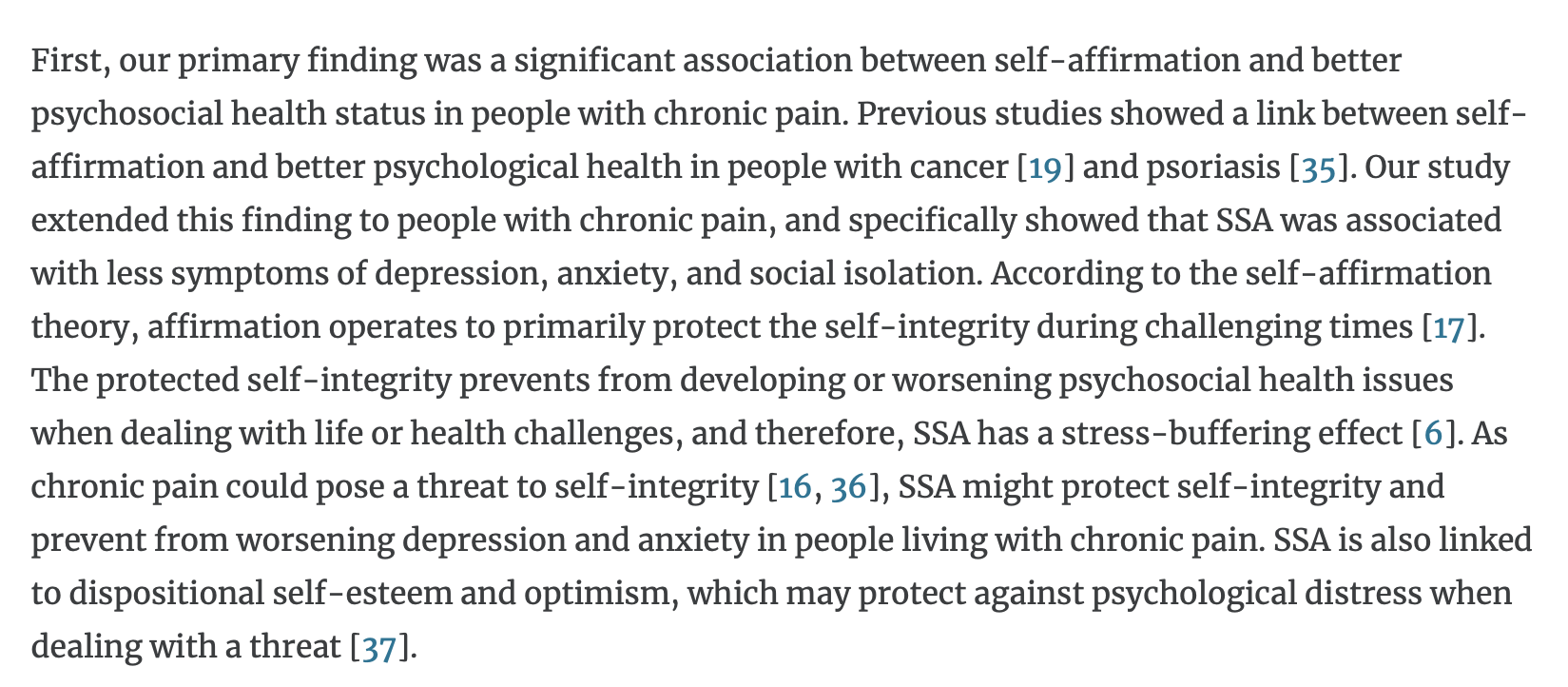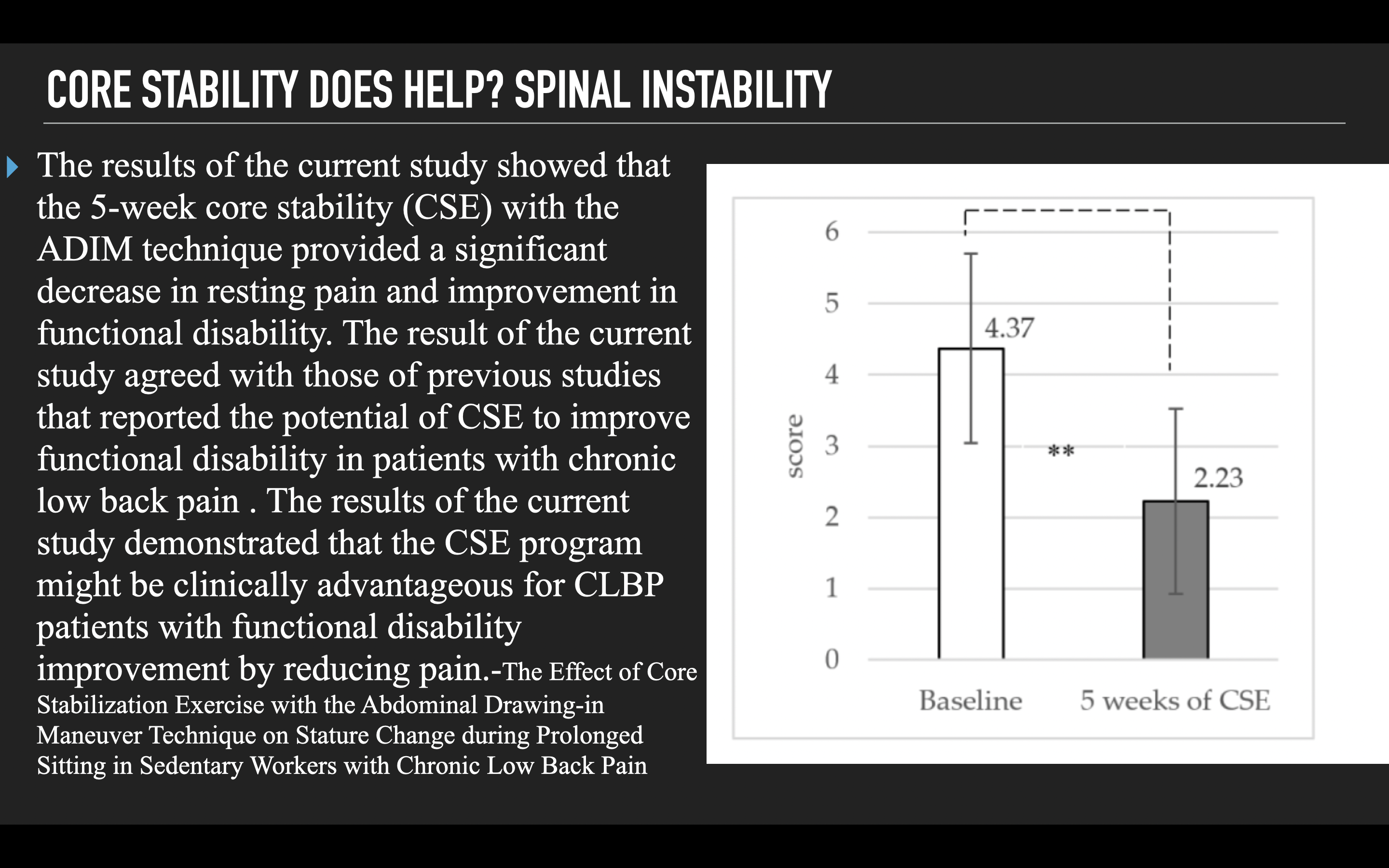The Next 5 Keys To Helping Low Back Pain
2024-06-7

Our first installment of the top 10 evidence based solutions for chronic low back pain probably surprised many people (you can read it HERE if you missed it). However, starting with a foundation of focusing on lifestyle and understanding how individual’s attitudes can greatly impact their management and recovery from chronic low back pain is really key. Far before we look at exercises of any sort, these are really important issues to address.
In our next five (there is no specific ranking by the way) we are going to look at more of where science is pointing us in helping the complex issues that chronic low back pain creates so let’s get to it!
5. Reducing Fear
Fear is a major driver of actually causing pain to get worse as well as more frequent bouts of pain. We have to understand, with chronic low back pain we are typically dealing with changes in our brain that make the impact of stress and emotions much more impactful.

How do we reduce fear though? If you have had low back pain for a significant amount of time, you should have seen your doctor to make sure there are no significant diseases or structural issues that are causing your pain. Assuming you have done so, we can first help our chronic low back pain by reminding ourselves that our brain is misreading signals from our body and that our body is actually very safe.
That is why it is important to understand that due to many issues, our brain can start creating pain signals that really don’t signify any actual issues of our back. If we understand this and then take action to remind ourselves that we are safe, then this can be helpful in reducing and even potentially eliminating the chronic pain loop that many get stuck in.

These are a few affirmations that can help with chronic low back pain and fear. This doesn’t happen overnight but you can see from the above research it can be helpful…
My body is safe.
I am healing everyday.
I am patient with the healing process.
My nerves are healthy.
My muscles are healthy.
4. Start Slow With Exercise
We mostly know that exercise is helpful for chronic low back pain conditions, however, there can be fear as well that certain exercises could aggravate our pain as well. Especially exercises social media may tell us are solutions for our low back pain, but they look kinda risky.
The truth is there is NO ONE exercise or even a couple of exercises that will universally solve people’s chronic low back pain. That is because everyone responds differently from exercise and is dealing with different issues causing their pain. Instead, we want to start slow with exercise (we touched on this last post about thinking of movement and not exercise) and think of it as finding exercises we can do that don’t cause fear and we feel comfortable performing.
Often, we need to teach our brains that exercise is safe and if we take it slow and progress at our own pace, we can make more long-term improvements. This can be difficult if we are use to training a certain way or we often want results yesterday. However, that will often cause us more problems so we have to learn patience and disciple in a different way. Discipline to know what our limits are and stay within those limits until we are ready for small progressions.
3. Focus On Foundational Strength
Starting workout programs for those that have been battling chronic low back pain don’t probably look all that fancy. In fact, on paper and even as a social media post, they may appear too easy. However, we aren’t just having people workout, we are having them be VERY intentional to how they move their body and use external load to help them move. It is common that these strength training programs are going to use exercises (like our Press Out Squats) that give a lot of feedback on how to control the body when we move.
Physical Therapist, Jessica Bento points out where people off go wrong with this movement…
View this post on Instagram
Jessica also shows how we can give a lot of feedback to the deadlift as well. This doesn’t even include putting the Ultimate Sandbag upon a step to reduce the range of motion as we need.
View this post on Instagram
We can also work in different holding positions of the weight which may allow for people to key on the movement and have more feedback than if they started the weight by the hips.
Remember though, you don’t have to do any one exercise, you have to start with what you are comfortable performing.
2. Core Stability
There are people now that will say there is no evidence that core stability helps low back pain. Well, that is simply not true! Is there universal evidence that core stability works for everyone? No, of course not, but NOTHING does so that would lead us to do absolutely nothing to help people’s chronic low back pain if that was the case. However, there is quite a bit of research showing that core stability can be a method to help low back pain, especially, if someone shows they lack core stability.

The key is that core stability needs to be individualized for people as we can agree on a foundational starting point often, but many people need additional individualization. This may mean more feedback, for others it could be changing range of motion, and so forth.
Someone who has had significant low back pain may have a dead bug exercise start like below, focusing on creating some pressure with the down foot and keeping tension on pulling apart the Ultimate Sandbag.
Caroline Juster shows how we can create progressions on many levels and that is why understanding our DVRT system isn’t just about learning new exercises but how to create better solutions…
View this post on Instagram
- Mobility Training With Stability Influences
This isn’t number one because it is the most important, it just is the last concept we are going to discuss. I would say that exercise of all sorts comes after educating people on how the brain creates pain, lifestyle factors, and the like. However, exercise can be another powerful tool if it is used in the right ways as we have discussed.
That also means mobility training is important too. Now, just like any other form of movement, mobility exercises have to be progressive. If you put people in positions that are too aggressive and they are perceived to be too intense, they invoke fear, and such, they are just going to cause more problems. Using similar concepts of feedback and progressive range of motion are really key elements as you see below.
Mobility training, especially hip mobility, also shouldn’t be overly focused on trying to isolate parts of the body. Just like strength, mobility is influenced by the entire kinetic chain so when we are looking to improve hip mobility on people with chronic low back pain, drills like the one’s below might be more helpful.
When you truly understand how multiple factors can be impacting how we experience pain, it allows us to create a much more comprehensive program with way better solutions. These are the types of solutions we are going to cover in depth in our 6-week online CEU Low Back Pain & Pelvic Control Masterclass that starts this Tuesday! Don’t miss the FINAL days to sign-up HERE.
View this post on Instagram
© 2025 Ultimate Sandbag Training. Site by Jennifer Web Design.






